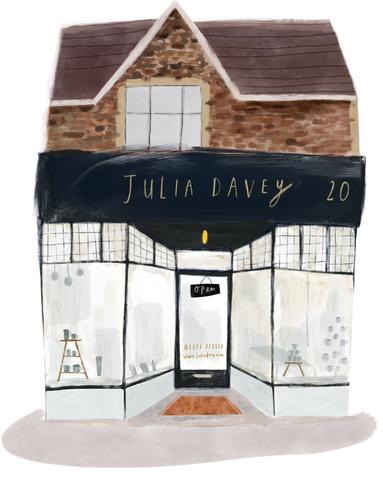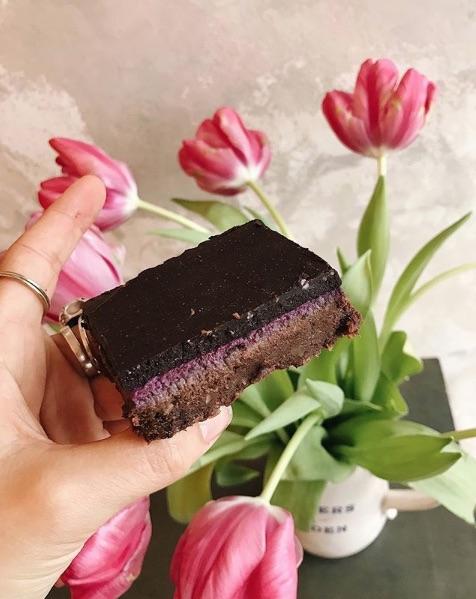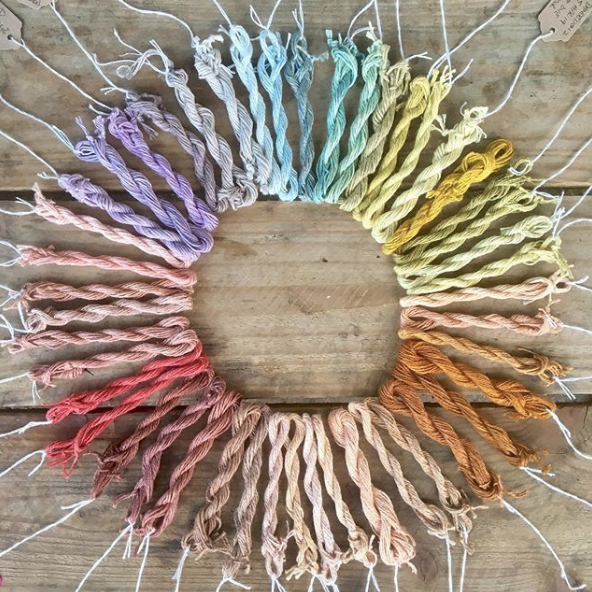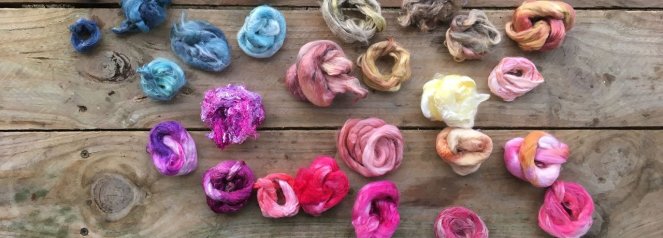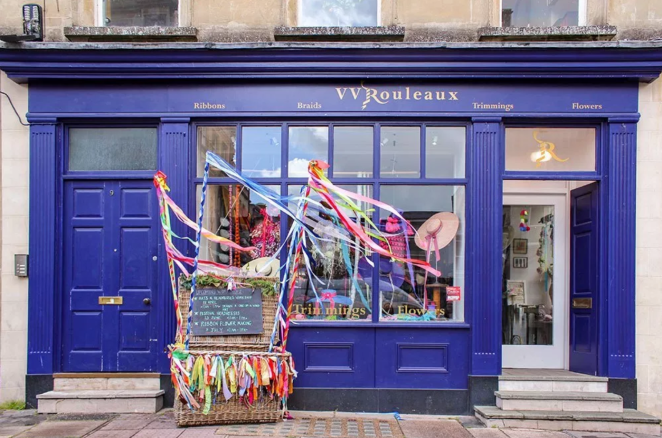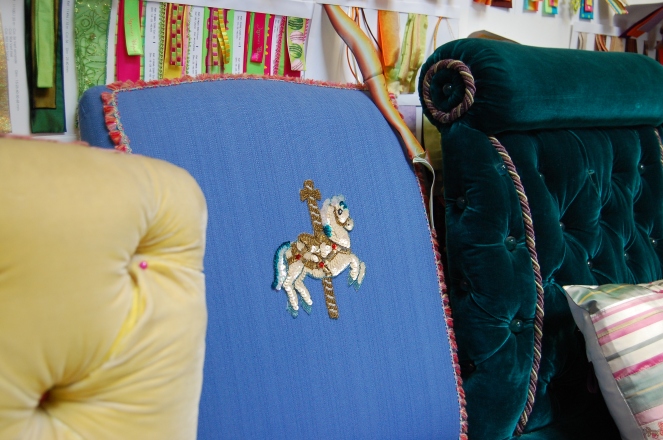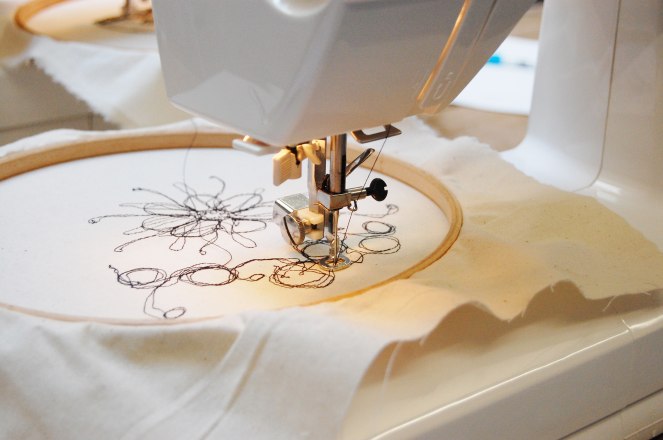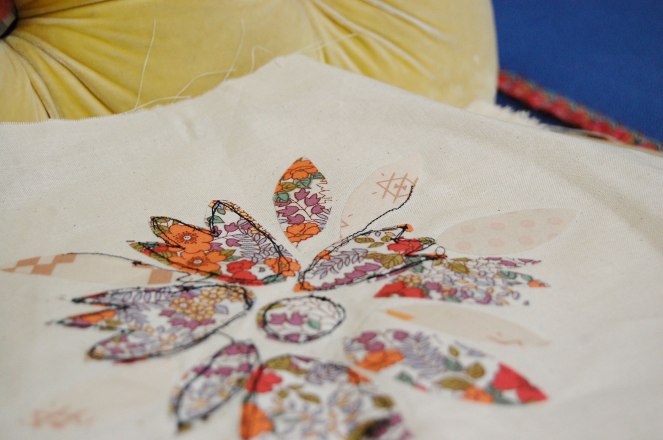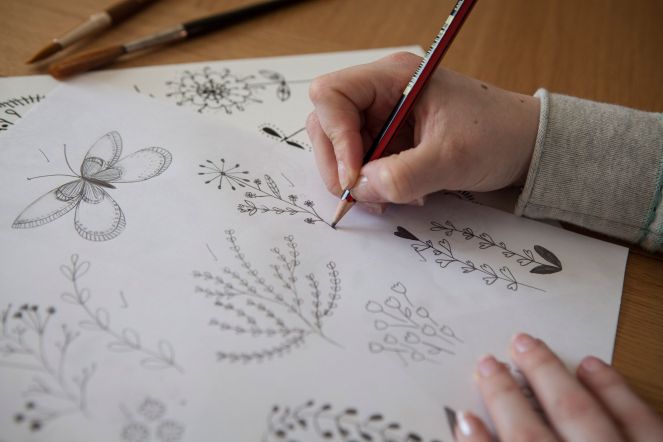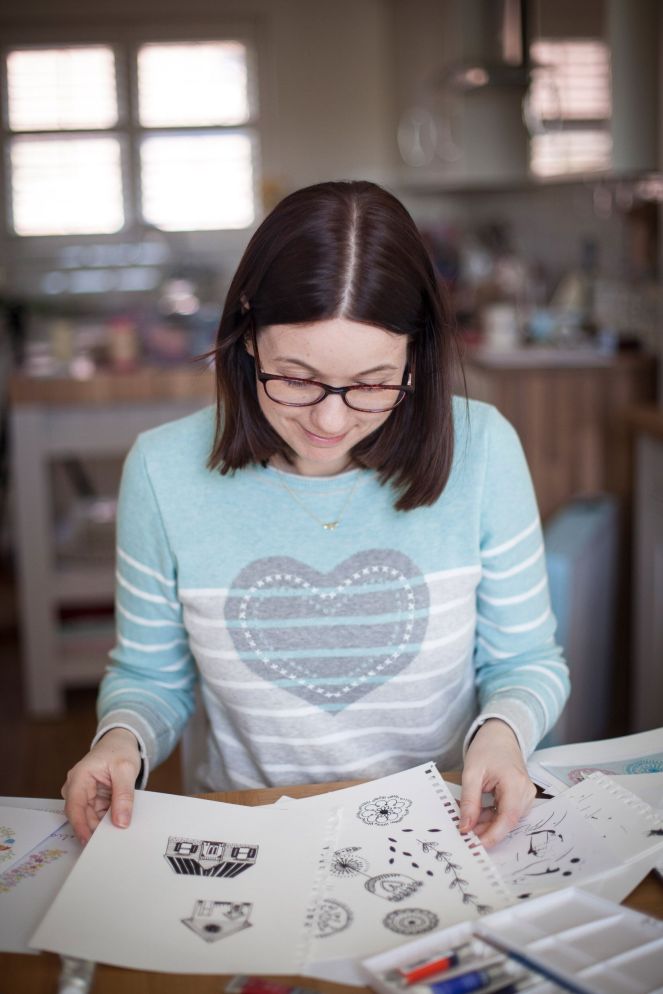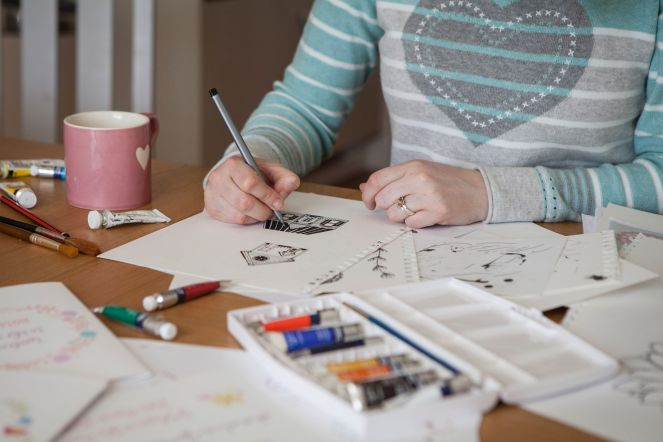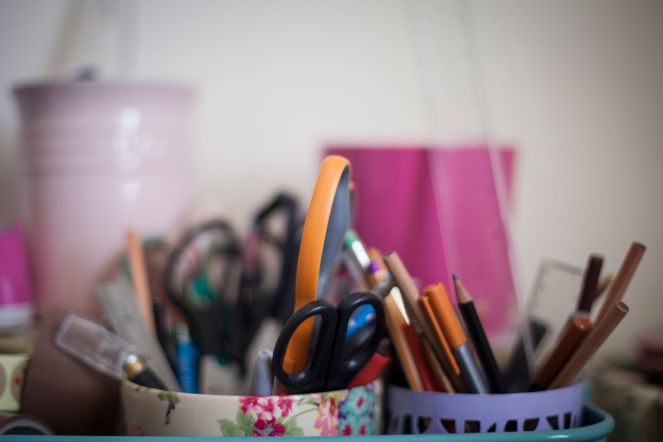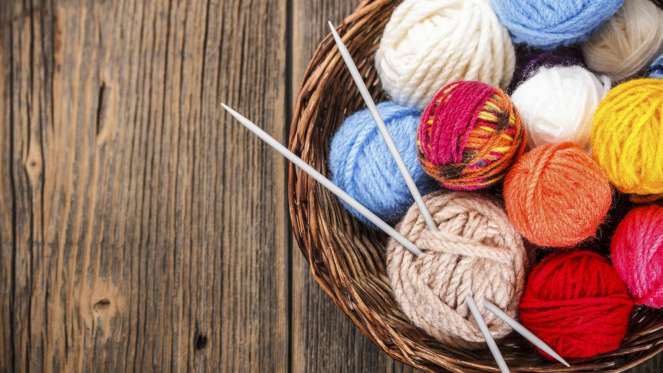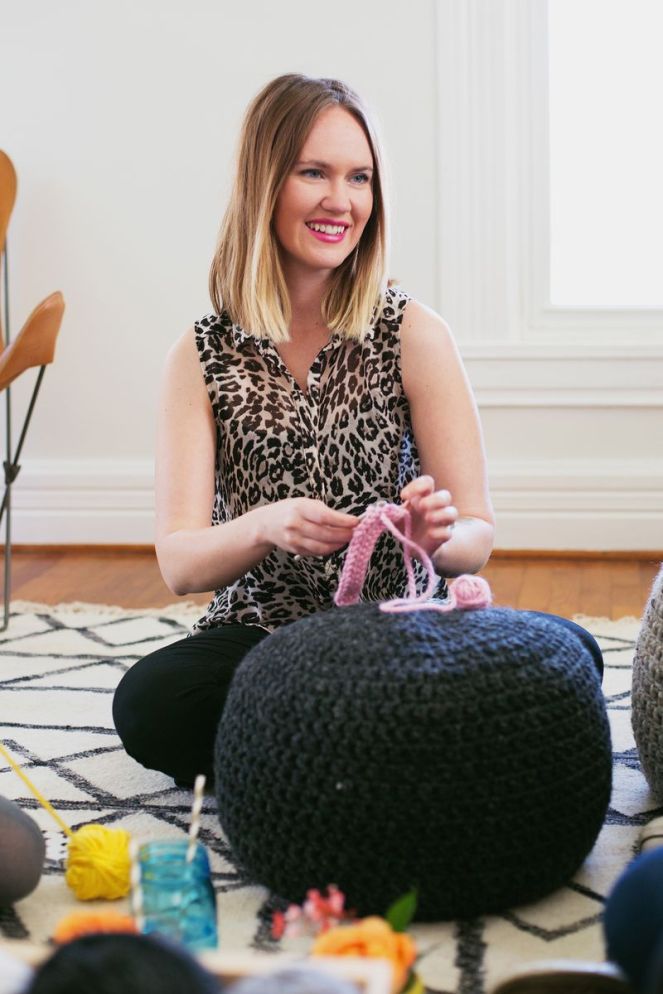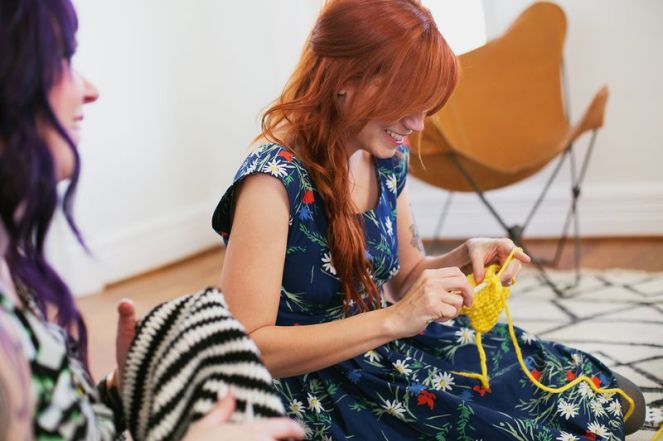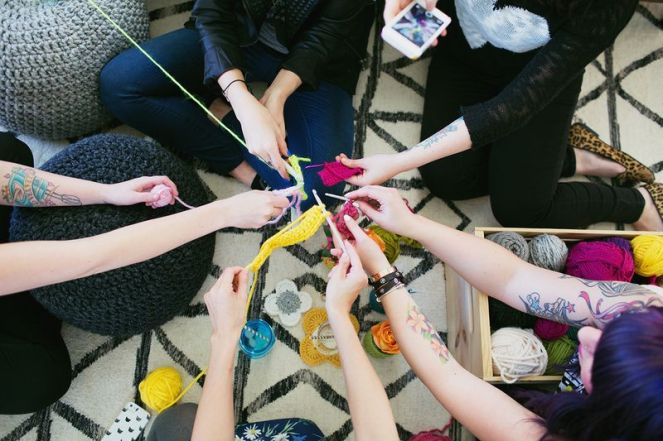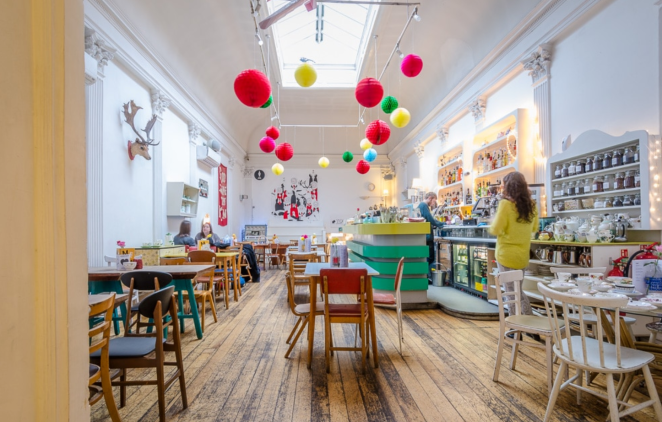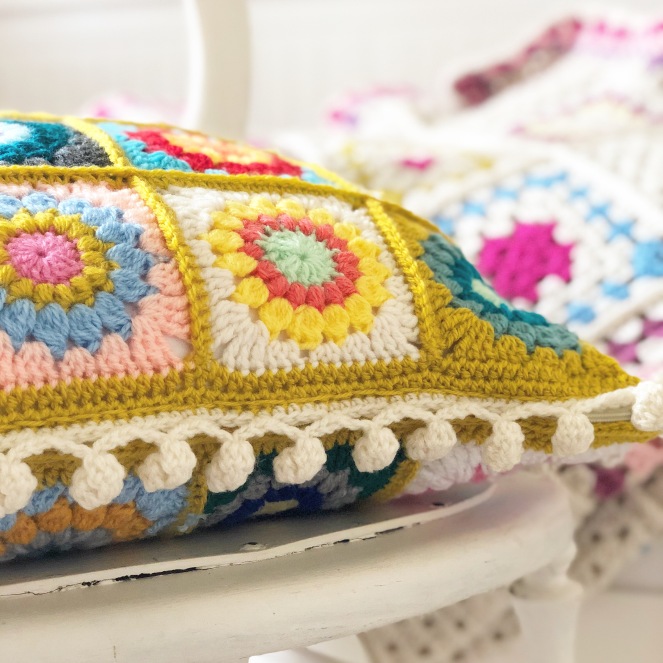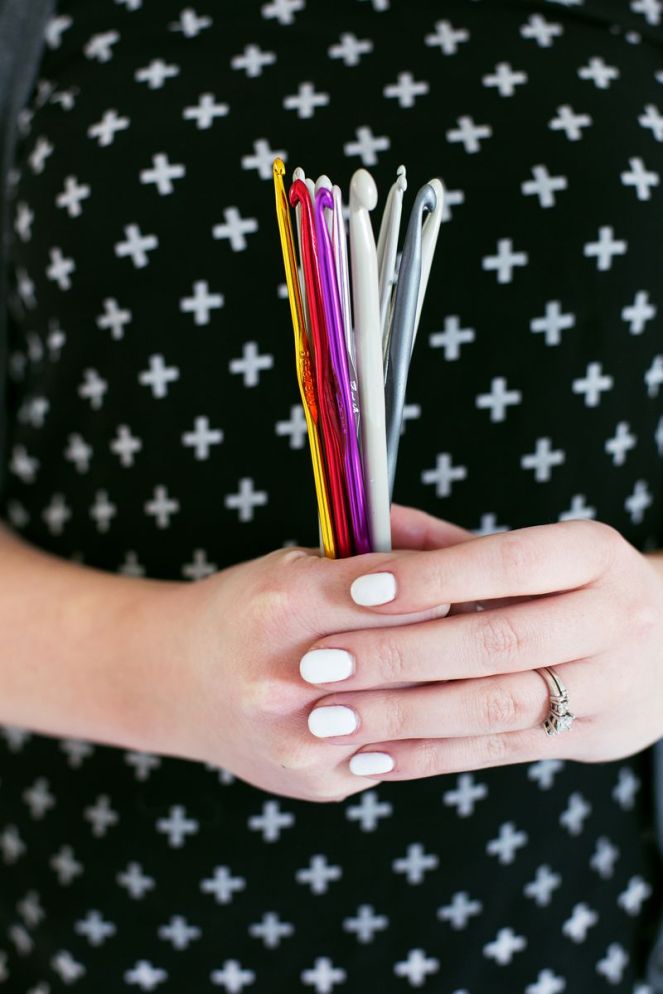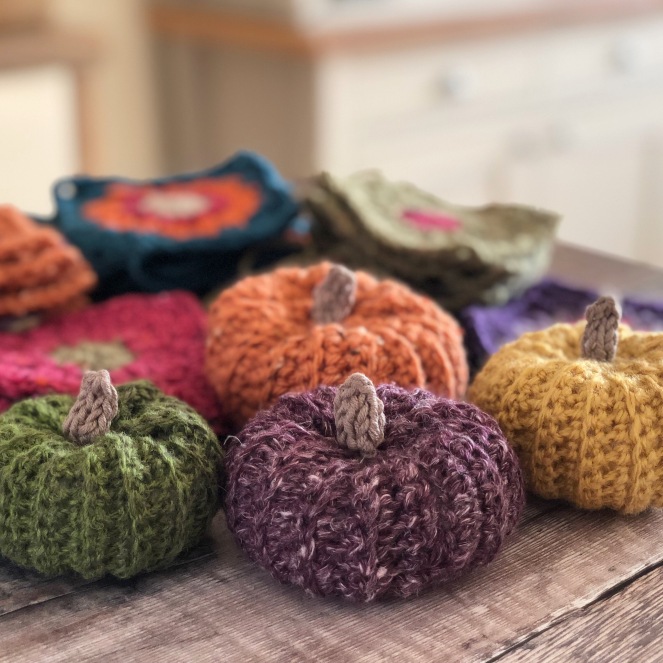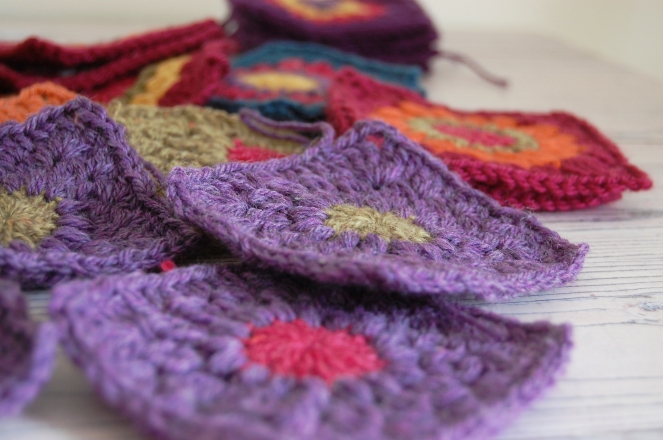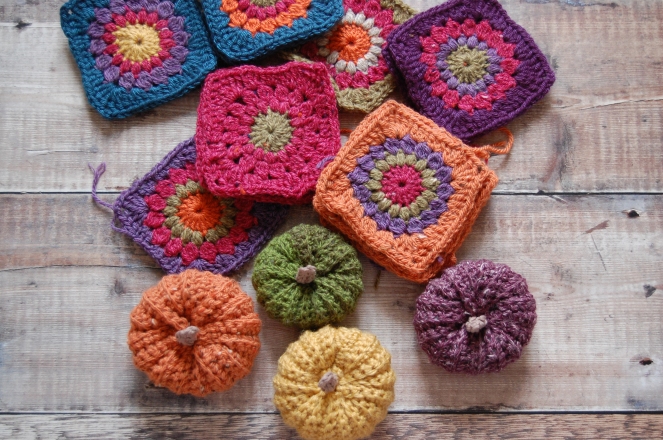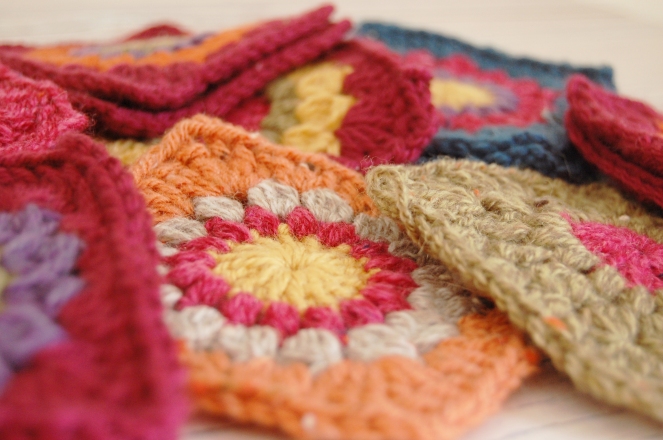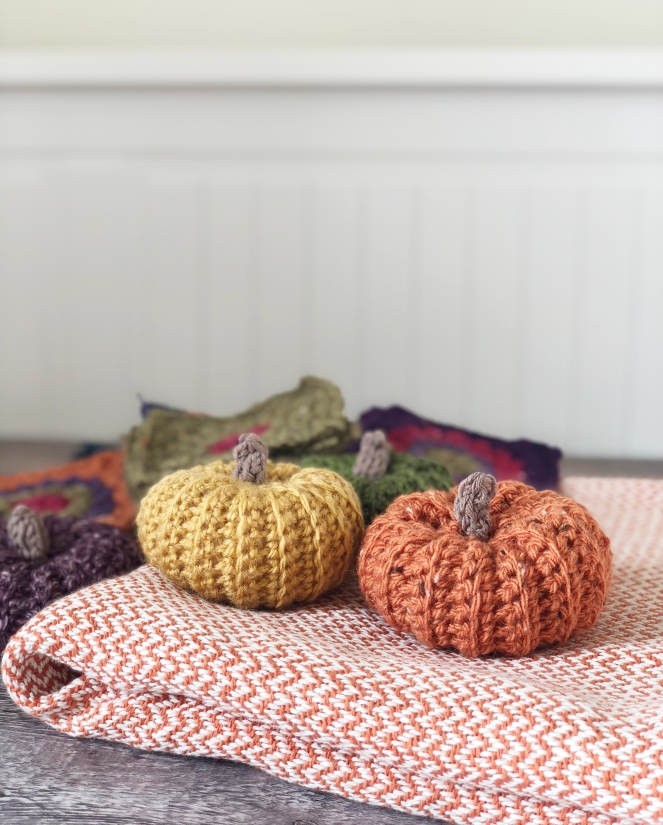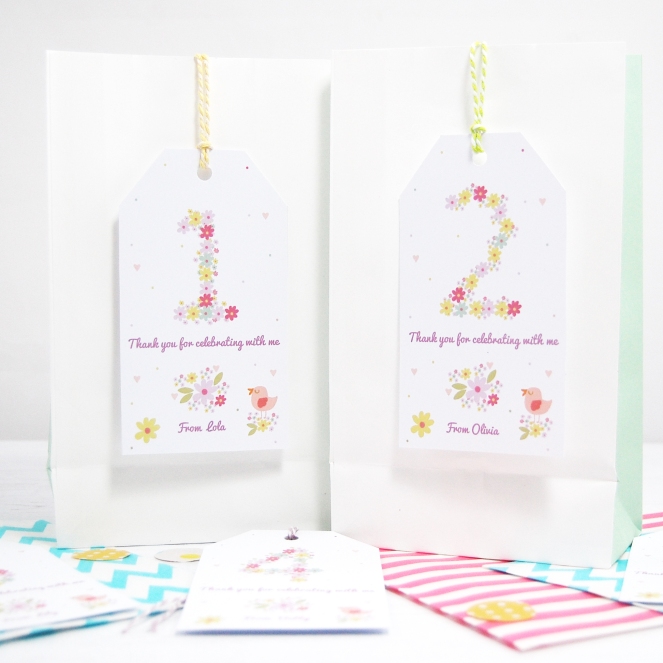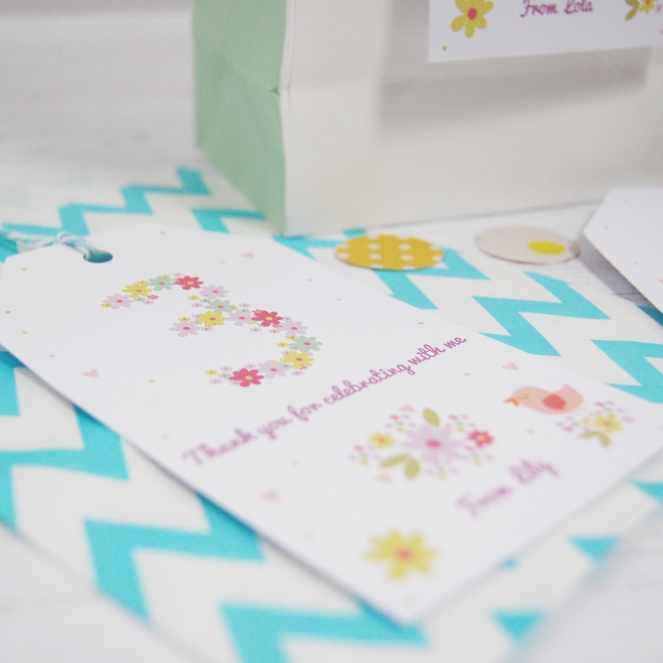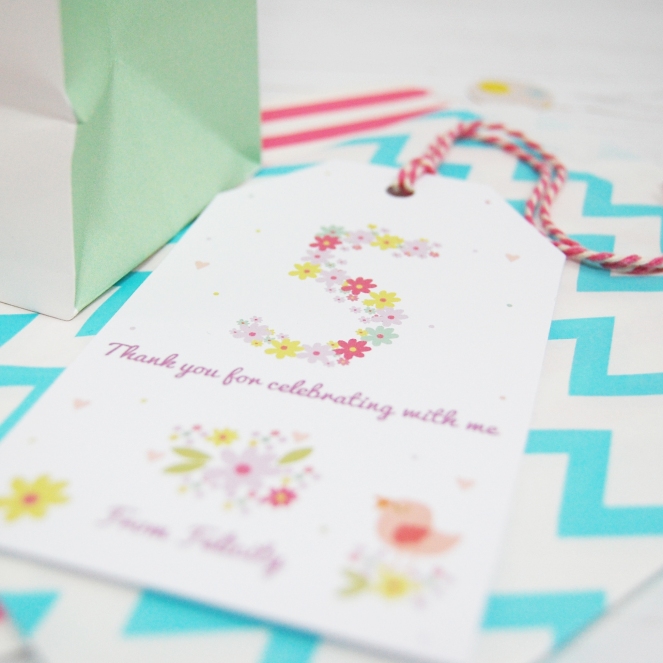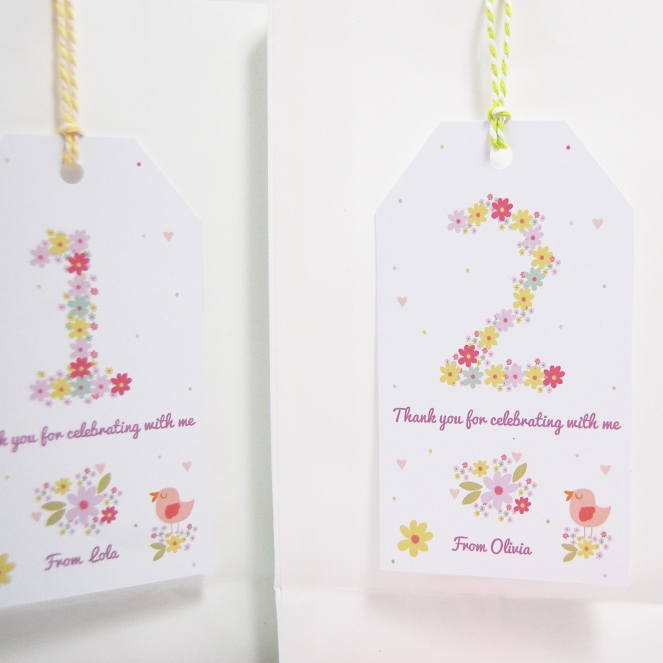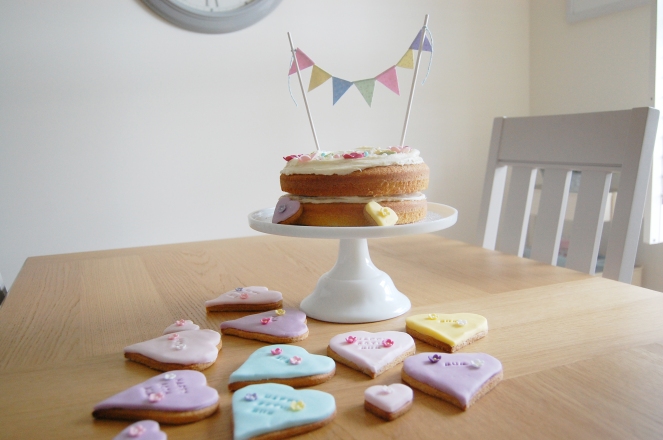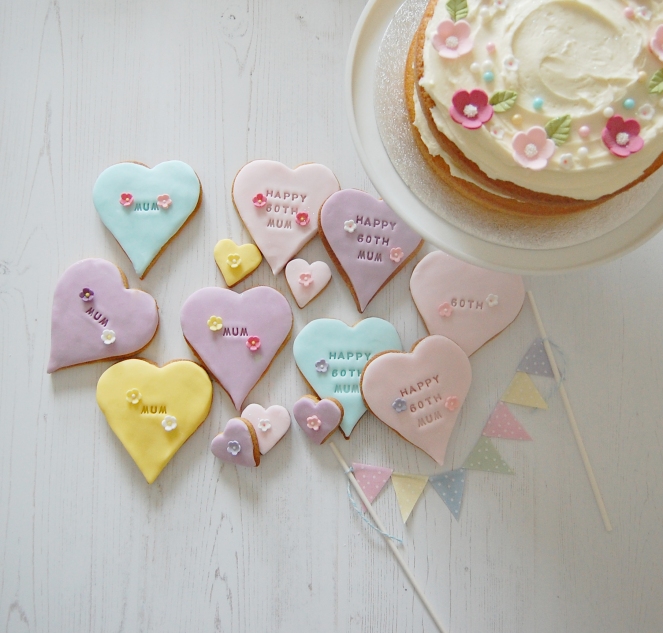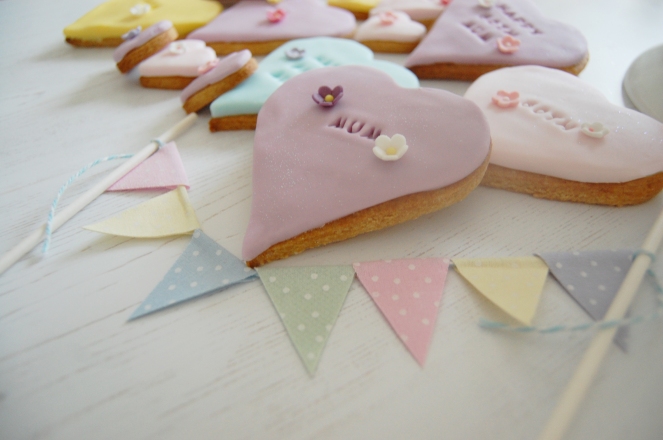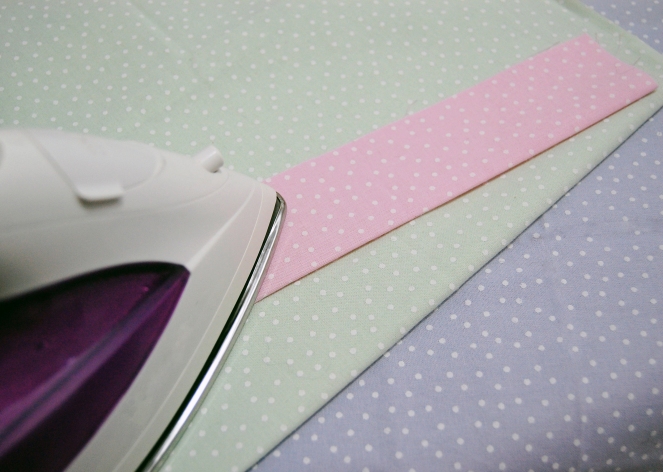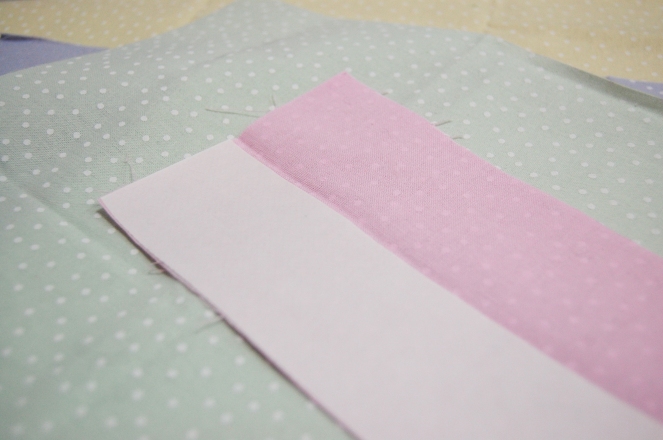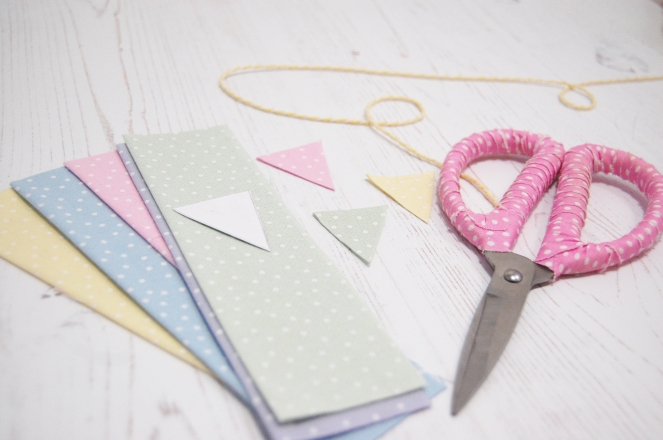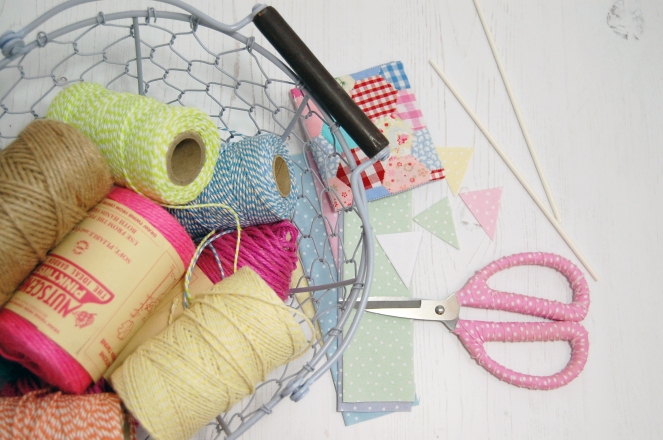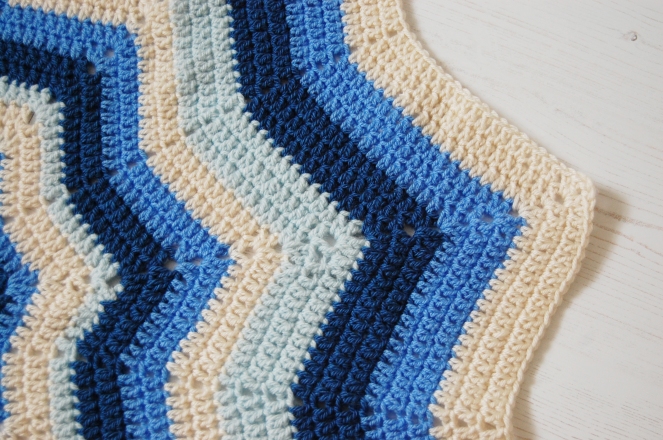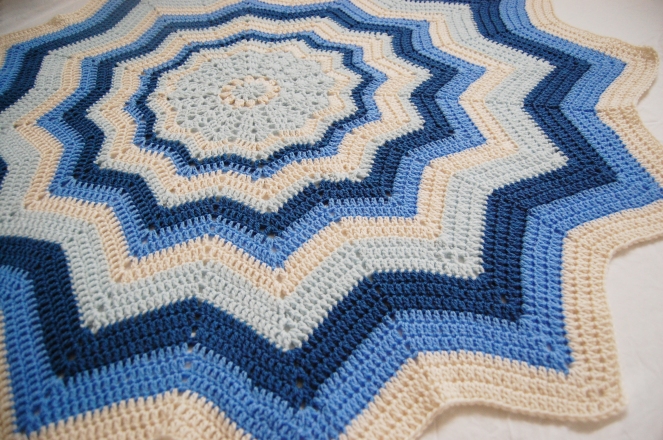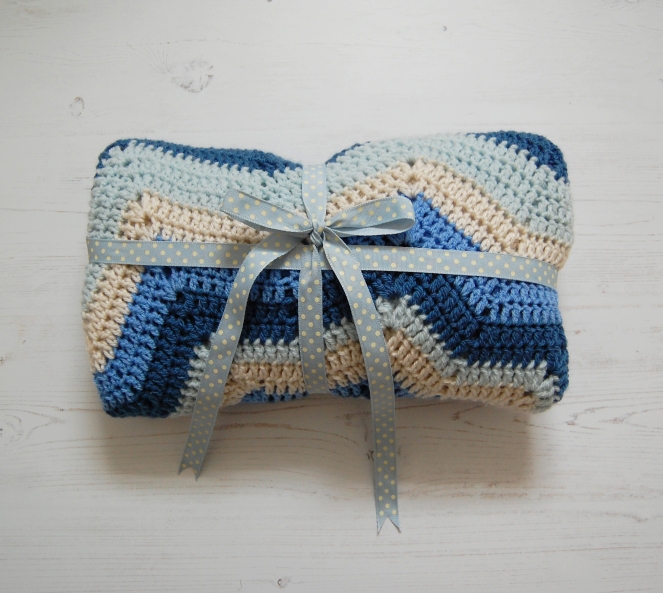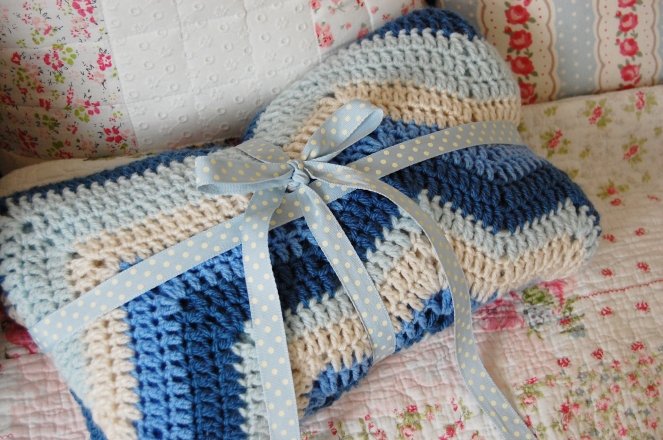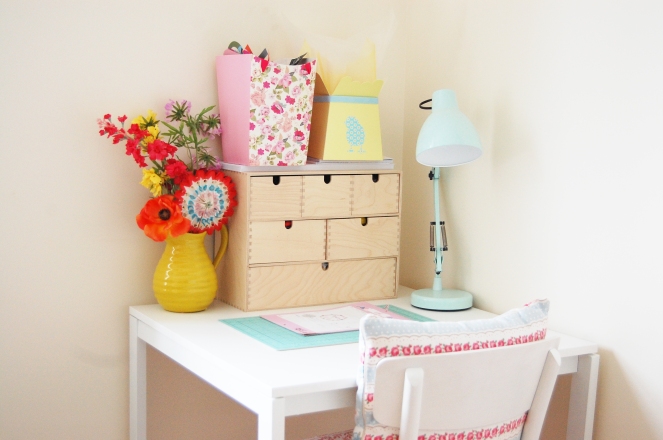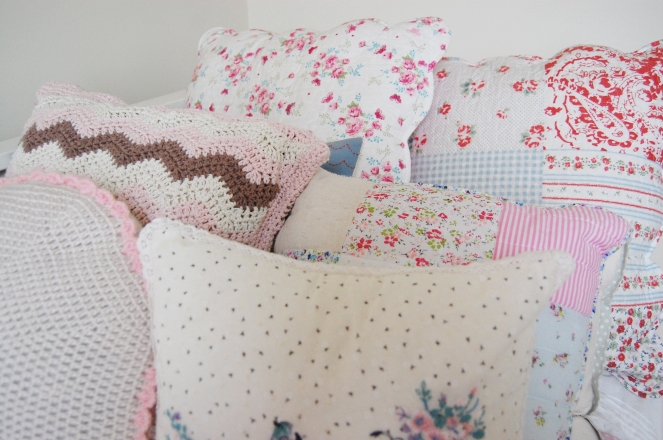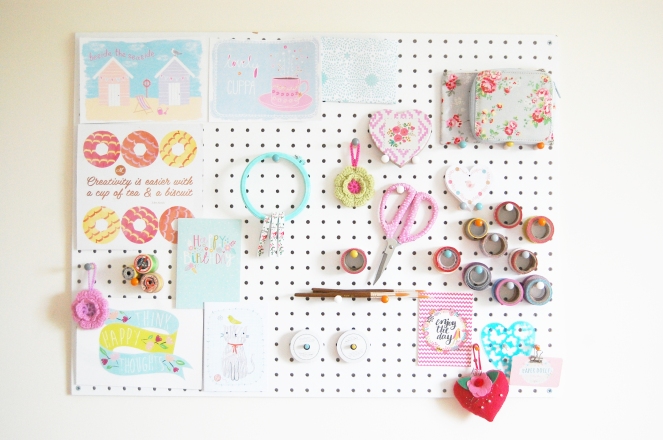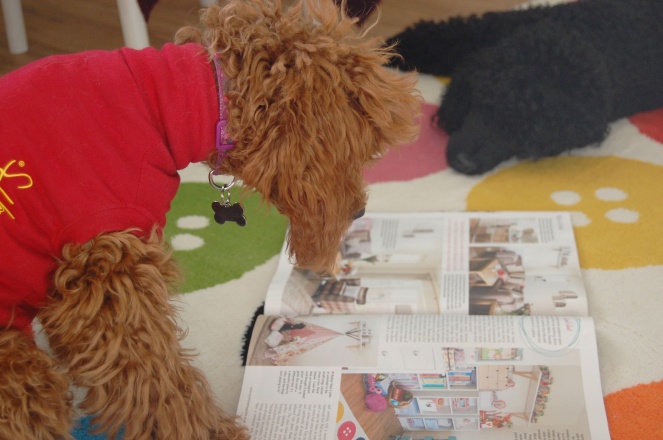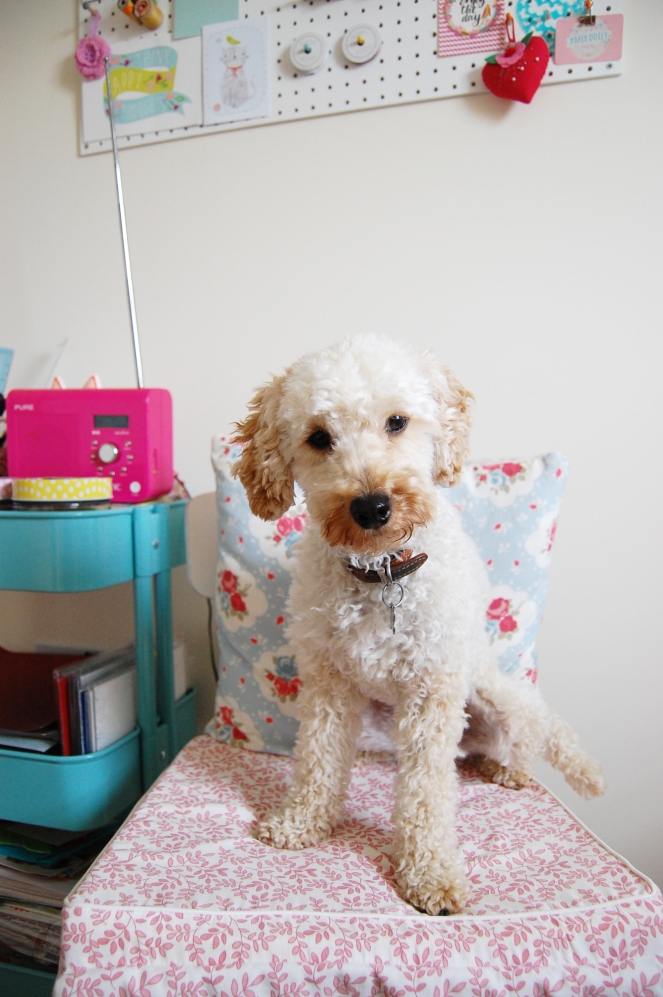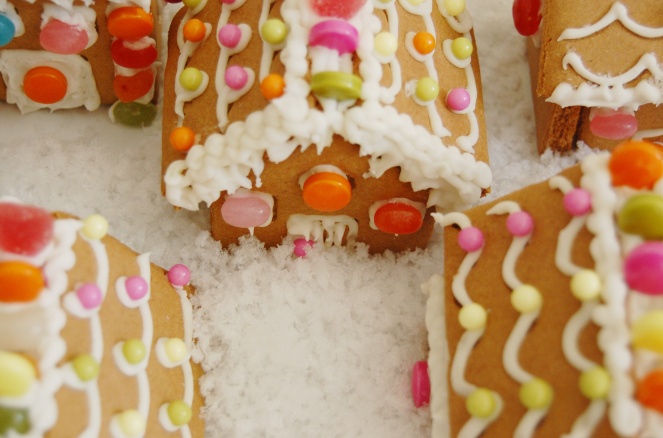Julia Davey Ceramics is an utterly delightful family business, specialising in fine bone china tableware. Julia’s ceramics take inspiration from her Bath studio, located within the beautiful Somerset countryside. The surrounding woodland creatures and rolling fields strongly influence Julia’s charming collection – all of which can be admired in her ‘bricks and mortar’ shop, in Bear Flat, Bath.
Julia runs a vast selection of creative workshops in her Bath shop. It was here, that textile designer, Ellie Fisher of Elka Textiles – a Winchester based woven textile studio, provided a three-hour introduction into the impressive world of frame loom weaving.
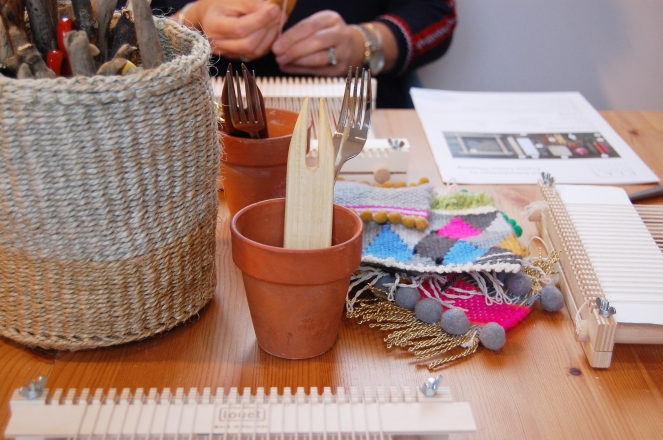
Ellie had thoughtfully laid all of our tools and material onto the work table, ready for our anticipated arrival. Once the ever-so-important tea, coffee and cake orders had been taken, Ellie shared some of her own inspirational work, providing the perfect opportunity for us to muster up some of our own creative ideas.
If you’re unfamiliar with weaving terminology, what you see below is a loom. The loom holds the vertical warp threads aligned and under tension, to allow weaving to take place. Whilst enjoying our sweet treats and much needed warm drinks, we were taught how to set this up. I became quite perturbed at this point when noticing a tangle and realising my progress was slower than that of the rest of the group, yet Ellie was on hand to restore calmness – and that she certainly did.
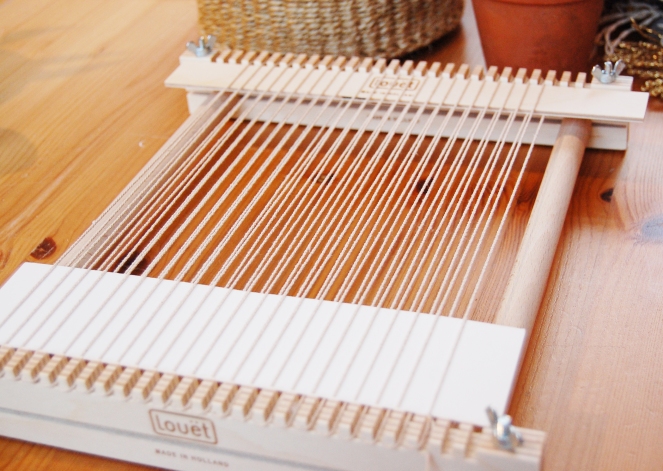
The next stage focused on the weft; the horizontal threads that interlace with the warp. We were introduced to the necessary tools and techniques and began weaving our first few rows with the use of warp yarn – which to you and I, is of a very similar appearance to bakers twine or string.
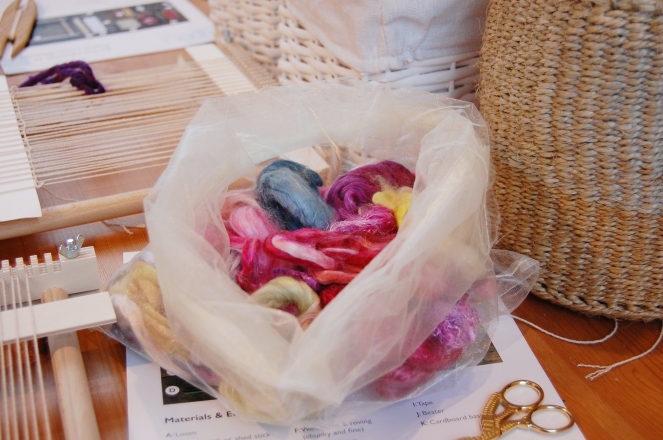
Once complete, the fun could really begin! Ellie’s selection of weft yarns and roving was, without a doubt, sensational, and I was so excited to choose materials and begin the creative weaving process. I felt like an excitable child in a sweet shop as I browsed through the vast selection of yarns and fibres – including organic cotton, bamboo, flax and hemp.
Whilst choosing materials, Ellie brought our attention to some of her naturally dyed and recycled yarns, all available to use on our woven pieces, which I found incredibly kind and inspiring. Sustainability is at the forefront of Ellie’s creative process and business, and it was truly refreshing to hear about her sustainable, cruelty-free, plant-based products.
As somebody who is naturally obsessed with colour, this stage of the workshop, without a doubt, suited me down to the ground. Identifying and choosing materials for my weaving, from such a luxuriously wide selection was certainly the most pleasurable part of the morning. This was completely and utterly soothing, and it didn’t take me very long to forget about the technical issues I’d faced previously.

I can wholeheartedly say that I left the workshop feeling uplifted, relaxed and content, which can sometimes be challenging to achieve. I spent the following afternoon at home working on my woven piece, whilst listening to relaxing music – it felt like such a treat.
Although it’s not considered a perfectly technical weave, the very act of making, experimenting with something new and leaving my comfort zone, allowed me to truly appreciate every single fibre.
I’d thoroughly recommend Ellie Fisher’s weaving courses, and if you happen to be visiting Bath, a trip to Julia Davey is likely to provide a great sense of joy and admiration. Please let me know if you follow my recommendations, I’d love to hear from you.

